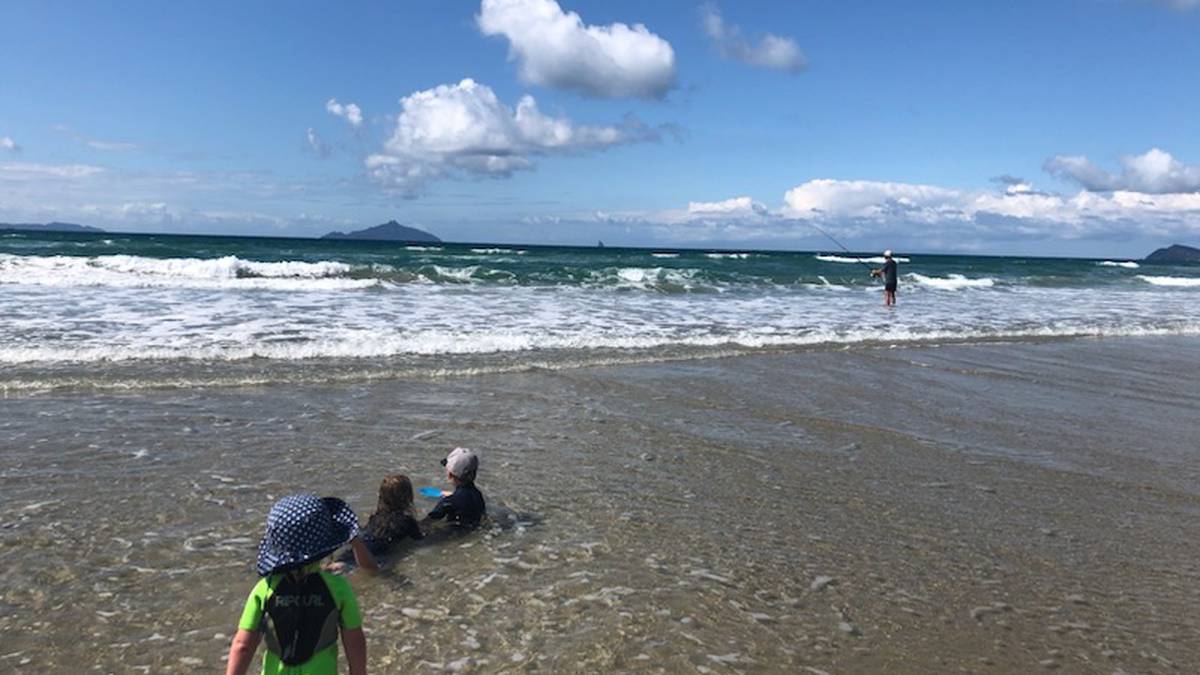Generations of Bream Bay families have been bringing their kids to Uretiti to swim, surf, fish and picnic.
OPINION
Like most Whangārei locals, you say “happy place” I say “beach”. We all have a favourite.
Generations of Bream Bay families have been bringing their kids to Uretiti to swim, surf, fish and picnic. Many have got used to trundling the ute down to the water to drop off the kids and the gear, but others also off-road in the dunes and treat the beach as a place to drive without the normal rules.
Another sort of local has also been coming to Uretiti for generations. Alongside various seabirds, skinks and plant life, the beach is one of only four nesting sites for New Zealand’s most endangered bird, the fairy tern, with fewer than 40 left. Off-roading near their nests, even just a kids’ trail bike, presents a real threat to their existence.
Advertisement
Many of you will know there is a long-standing battle between those who believe they have the right to continue driving and those who, wanting to protect the wildlife, want to ban all vehicles. Feelings ran high at a recent public meeting but outside the meeting reactions have been extreme: fences (official and unofficial) have been erected and torn down; DoC and council bylaw signs have been chainsawed and there are frequent complaints about dangerous driving and angry confrontations. One of the privileges of being MP is to be asked to host discussions, and over the past several months I’ve had various meetings about the problem.
Part of the issue is that the rules around beach driving are genuinely confusing, and, understandably, people have different interpretations.
/cloudfront-ap-southeast-2.images.arcpublishing.com/nzme/6YNXCIFIYZF5ZPTRH5E64AM6AI.jpg)
For starters, many people know beaches count as “roads” under the law and assume this means the whole beach. In fact, the law means only the slice of beach between the high and low-tide marks. Above the high-tide mark, DoC governs the dunes under a reserve where driving is banned. There is also a wildlife refuge but for practical purposes, the reserve is the bit with teeth. District council bylaws also ban driving onto the dunes.
Meanwhile, even the “road” bit isn’t a free-for-all: a road is still a road, with all the usual road rules — vehicles must be licensed, driven safely, and stick to the 30km’h speed limit, and drink-driving laws apply too.
Advertisement
Following that public meeting, DoC, council and representatives from Patuharakeke’s Trust Board met me to discuss ways forward. They agreed the first step is making the rules clearer, and they will be collaborating on new signs. It’s a good start, but what happens next is up to the community. Enforcement measures may have to follow if compromises can’t be found.
We have such strong connections to our beaches in Whangārei.
Being criticised for the way we use them is like being criticised for how we parent our kids. It’s all too easy to give in to anger rather than lean into discussion.
But, while outside things have sometimes been very confrontational, inside the public meeting, despite some extreme views, there was also genuine dialogue and attempts at compromise. Can we maintain the main corridor through the dunes to the beach, but not drive through the dunes? Are there other options? I don’t know what is right for Uretiti, but I do trust that locals who love it can figure it out. For those future generations of Uretiti, both with and without wings.



